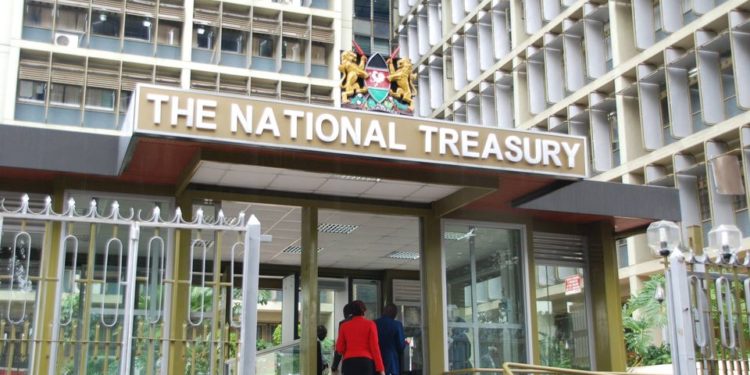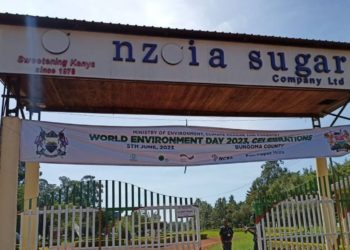A special audit of Kenya’s external loan servicing has uncovered significant shortcomings in the country’s loan contracting process, raising concerns about project feasibility, public participation, and financial oversight.
The report, which examined 32 sampled project loans, found widespread lack of documentation and inadequate scrutiny across multiple stages of loan acquisition and implementation.
The National Treasury is facing tough questions after a special audit revealed glaring gaps in the country’s external loan contracting process. The report, conducted by the Office of the Auditor General, examined 32 sampled project loans and found systemic issues that could expose the government to unfavorable financing terms and lead to inefficient use of public funds.
One of the most striking findings was the lack of proper project appraisal. Out of the 32 sampled project loans, feasibility studies were only provided for 18, leaving the necessity and viability of the remaining 14 projects in question. “Inadequate initial project documentation may result in insufficient scrutiny of project details before commencement of the budget cycle, leading to inefficiencies during implementation,” the audit report stated.
Public participation, a crucial aspect of project planning and implementation, was found to be severely lacking. Evidence of stakeholder involvement was only available for 10 out of the 32 sampled projects. The audit report warned that this deficiency could lead to “lack of ownership by public, contribute to limited project support and limited project sustainability beyond completion.”
The approval process for loans also came under scrutiny. Documentation for project approvals was only available for 11 out of the 32 sampled loans. The audit report highlighted the risks associated with this lack of oversight, including “possibility of double financing, implementation of similar projects and incurrence of costs outside the budget.”
Perhaps most concerning was the near-total absence of loan negotiation records. Out of the 32 sampled projects, only two – the Sondu-Miriu Hydropower Project and Sang’oro Power Plant – provided information on loan negotiations. The audit team noted that this lack of documentation creates “risk of inadequate understanding and implications of financing terms and conditions across parties of the project loan.”
Legal oversight was also found to be lacking. Only five of the sampled project loans had legal opinions from the Attorney General of Kenya. The audit team warned that this deficiency could lead to implementing agencies being unable to meet conditions precedent in a timely manner and potentially expose the government to unfavorable financing terms.
The revelations come at a time when Kenya’s public debt has been a subject of intense debate. According to the 2023 Medium Term Debt Strategy cited in the audit report, as of December 2022, Kenya’s public and publicly guaranteed debt totaled KES 9.1 trillion in nominal terms, with external debt accounting for KES 4.6 trillion.
The audit also revealed a sharp increase in debt servicing costs. “Recently, the Country’s tight financial position largely brought about by short term debt repayments, high interest rates and depreciating shilling has seen debt service expenditure increasing by KES 415.661 billion from KES 746.348 Billion (49% of total revenues) in FY.2018/2019 to KES 1.2 trillion (57% of the total revenues) in FY. 2022/2023,” the report stated.
The audit highlighted the vulnerability of Kenya’s external debt to currency fluctuations. Over 50% of the country’s external debt portfolio is denominated in major foreign currencies, with the US dollar accounting for 68.1%, followed by the Euro at 19.8%. This exposure has led to increased costs as the Kenyan shilling has depreciated against these currencies.
The report made several recommendations to address these issues. Key among them was the call for The National Treasury to “ensure proper scrutiny and negotiation of loan terms, ensure adequate involvement of the Project Implementing Agency during loan negotiation and preparation during uptake of the project loans.”
The audit also recommended the finalization of the Public Investment Management Unit and full operationalization of the Public Investment Management Guidelines outlined in The National Treasury Circular No 16/2019. These measures are intended to improve project appraisal and oversight.
















